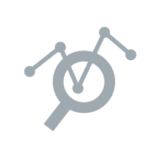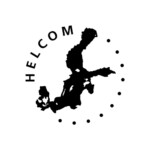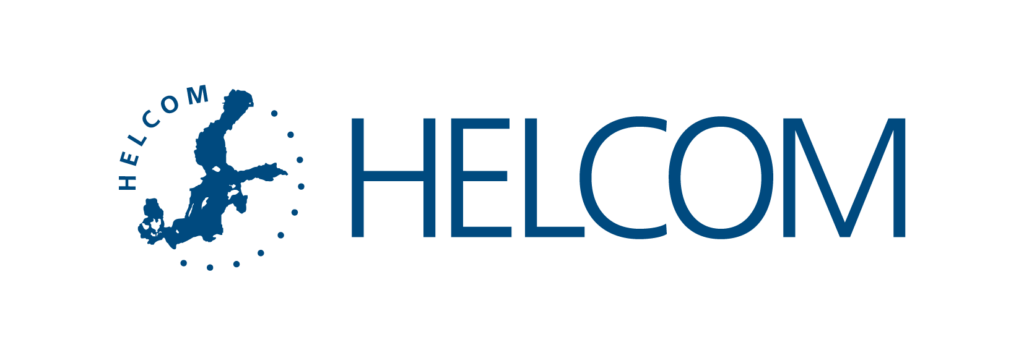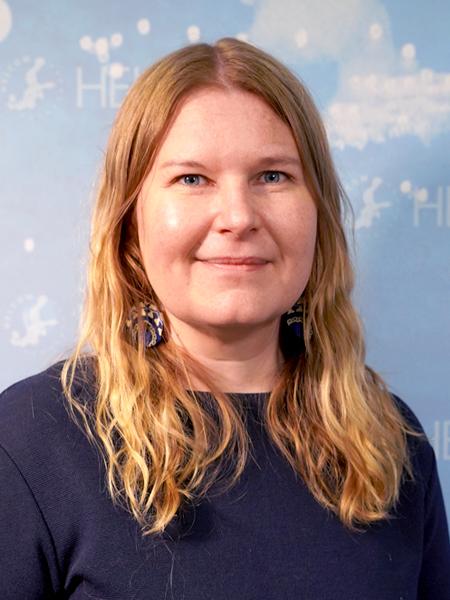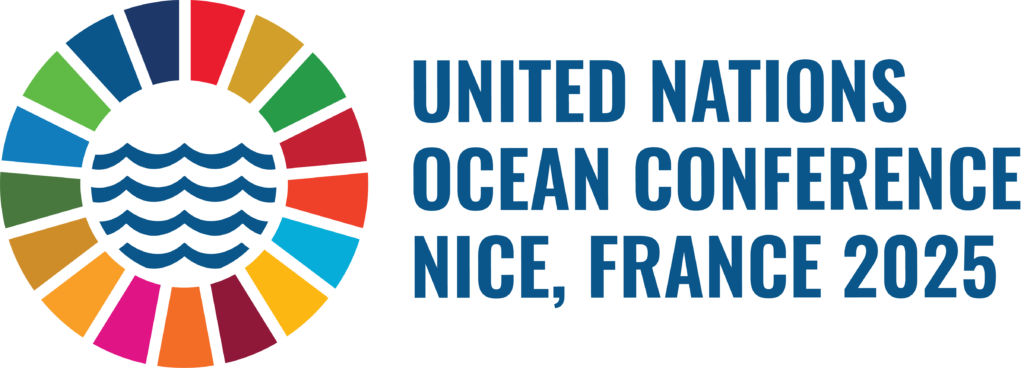
The high-level 2025 United Nations Conference to Support the Implementation of Sustainable Development Goal 14: Conserve and sustainably use the oceans, seas and marine resources for sustainable development (the 2025 UN Ocean Conference) will be held in Nice, France, from 9 – 13 June 2025, co-hosted by France and Costa Rica.
HELCOM is involved in organising two side events at the 2025 UN Ocean Conference, both taking place on 11 June 2025. These events are open to the public either via on-site participation or live streaming.
No time to waste: Tackling submerged munitions in European seas
When: 11 June 2025, 18:00-20:00
Where: Research vessel METEOR, Port of Nice, France
Hosted by: GEOMAR Helmholtz Centre for Ocean Research Kiel, the Baltic Marine Environment Protection Commission (HELCOM), the German Federal Ministry for the Environment, Climate Action, Nature Conservation and Nuclear Safety (BMUKN), and the German Federal Ministry of Research, Technology and Space (BMFTR)
The event aims to highlight the urgent need for joint action and open dialogue concerning submerged munitions in the sea. It will bring together decision makers, offshore infrastructure developers, security agencies, NGOs and representatives from ongoing national and international research projects to address the global issue of munitions in the sea. The event will include a panel discussion on ‘The Baltic Perspective: front-runner regional approaches to addressing a global threat’.
More information and registration for live streaming: https://helcom.fi/no-time-to-waste
The sea knows no borders: transboundary protection for a thriving Baltic
When: 11 June 2025, 09:15-11:00
Where: Le Cabo Coworking, 6 Rue du Congrès, 06200 Nice, France
Hosted by PROTECT BALTIC project
This side event will showcase how Baltic Sea nations have come together to transform their commitment to accelerating marine protection efforts into concrete action. Representatives from key institutions, policymakers, civil society and conservation practitioners will be invited to share their views on the initiative and their experiences in, and expectations of, this unparalleled endeavor to enhance marine biodiversity protection on a sea-basin scale.
More information and registration: https://protectbaltic.eu/un-ocean-conference-2025
Contact
Eeva Nyyssönen
Communications Secretary, HELCOM Secretariat
eeva.nyyssonen@helcom.fi
+358406473996
Paul Trouth
Communications Coordinator, PROTECT BALTIC
HELCOM Secretariat
paul.trouth@helcom.fi
+358447106202




